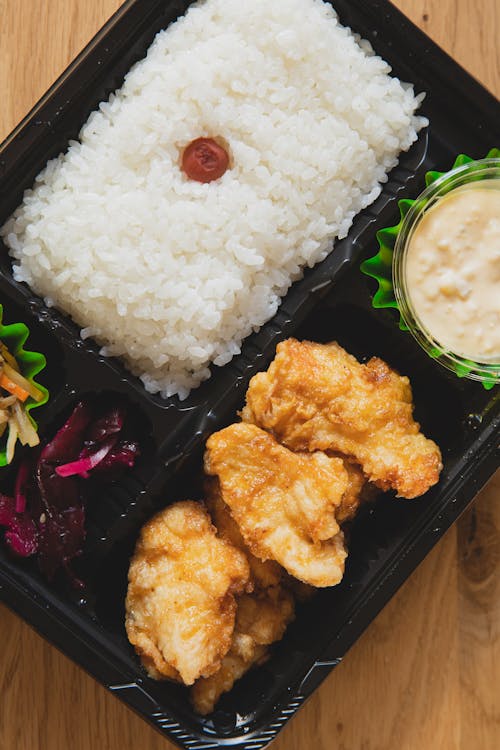As a Japanese American, I’ve always appreciated how much easier it was to draw the Japanese flag compared to the American flag. Drawing it as a child just involved a red circle on a white background, compared to frantically trying to fit in 13 stripes and 50 stars on a rectangle.
A rectangular white banner (representing purity and honesty) with a red circle (representing the sun) at its center, the Japanese flag is an iconic symbol of Japan with a deep cultural and historical significance. It is officially known as 日章旗 (nisshoki), meaning “flag of the sun,” but it is more commonly known as 日の丸 (hinomaru), “ball of sun.”
Origin and History
Japan is known as the “Land of the Rising Sun” due to its position in the east of the Asian mainland (the cardinal direction where the sun rises). The exact origin of the Hinomaru is unknown, but the use of the sun symbol dates back to the 7th century.
The sun symbol became especially common during the feudal era, particularly among samurai clans. The sun is significant in Japan because it is said that the Imperial family are descendants of the sun goddess Amaterasu, the central deity of Shintoism.
It wasn’t until 1870 that the Hinomaru was officially adopted as Japan’s national flag for merchant ships and the Navy. It wasn’t until over a century later, in 1999, that the Nisshoki/Hinomaru was legally recognized as the national flag of Japan in the Act on National Flag and Anthem, though most Japanese people had perceived this flag as the national flag long before.
Rules, Etiquettes, and Notes
The following are some interesting customs regarding Japan’s flag.
(Note: this is not an extensive list and should not be used as official reference)
- The national flag is treated with great respect and should never be used disrespectfully (as with most country’s flags).
- Display etiquette follows international protocol when flown alongside other national flags.
- When a flag is no longer suitable for display, it should be disposed of by burning in private.
- The official proportions of the Hinomaru are 2:3 (height to width), with the red disc’s diameter being three-fifths the flag’s height.
- There are at least two mourning styles:
- display the flag at half-mast (common in many countries).
- display the flag with a black ribbon (aka a mourning flag) above it and with the spherical finial wrapped in black cloth.
The Rising Sun Flag

The “Rising Sun Flag”, 旭日旗 (Kyokujitsu-ki), which features sixteen sun rays extending from the central red disc, is a separate design. While it’s still used by the Japan Maritime Self-Defense Force (and an eight-ray version used by the Japan Self-Defense Forces and the Japan Ground Self-Defense Force), it’s controversial in many Asian countries due to its association with Japanese militarism, imperialism, war crimes, and World War Two.
You might have noticed the “Rising Sun Flag” used for the Olympic team during the 2020 Tokyo Olympics. This flag is considered by many in Japan as a lucky charm to wish victory for Japan and is often used in sporting events. However, this sparked protests from other countries, especially those who still feel the effects of Japan’s imperialist past.
Cultural Significance
It’s important to note that some individuals, particularly older generations, have complex feelings about the flag due to its historical attributions. But for many Japanese people, the Hinomaru represents not just the nation, but also cultural values like unity, purity, and sincerity.
Hinomaru Bento

You’ve likely seen a Hinomaru bento from anime or media. The Hintomaru bento is container of white rice with a red umeboshi (pickled plum) in the center. The umeboshi acts as the red circle and the white rice the banner, thus representing the flag of Japan.
Hachimaki
The symbol of the red sun is often seen on 鉢巻 (hachimaki), a white bandana worn as a symbol of hard work, courage, and/or perseverance. These bandanas also usually have a phrase written on them. They are worn for a variety of occasions: sporting events, students studying for exams, tradesmen as they work, and even women who are giving birth.
During World War 2, hachimaki were worn by kamikaze pilots to represent that they were willing to die for their country.
As with many national symbols, the Japanese flag carries layers of historical and cultural meaning. For visitors to Japan, understanding and respecting the significance of the Hinomaru is an important part of cultural awareness. It’s also important to understand its symbolism and history and the effect it has on Japanese culture and relations Japan has with other countries.
What’s something you didn’t know about the Japanese flag?


